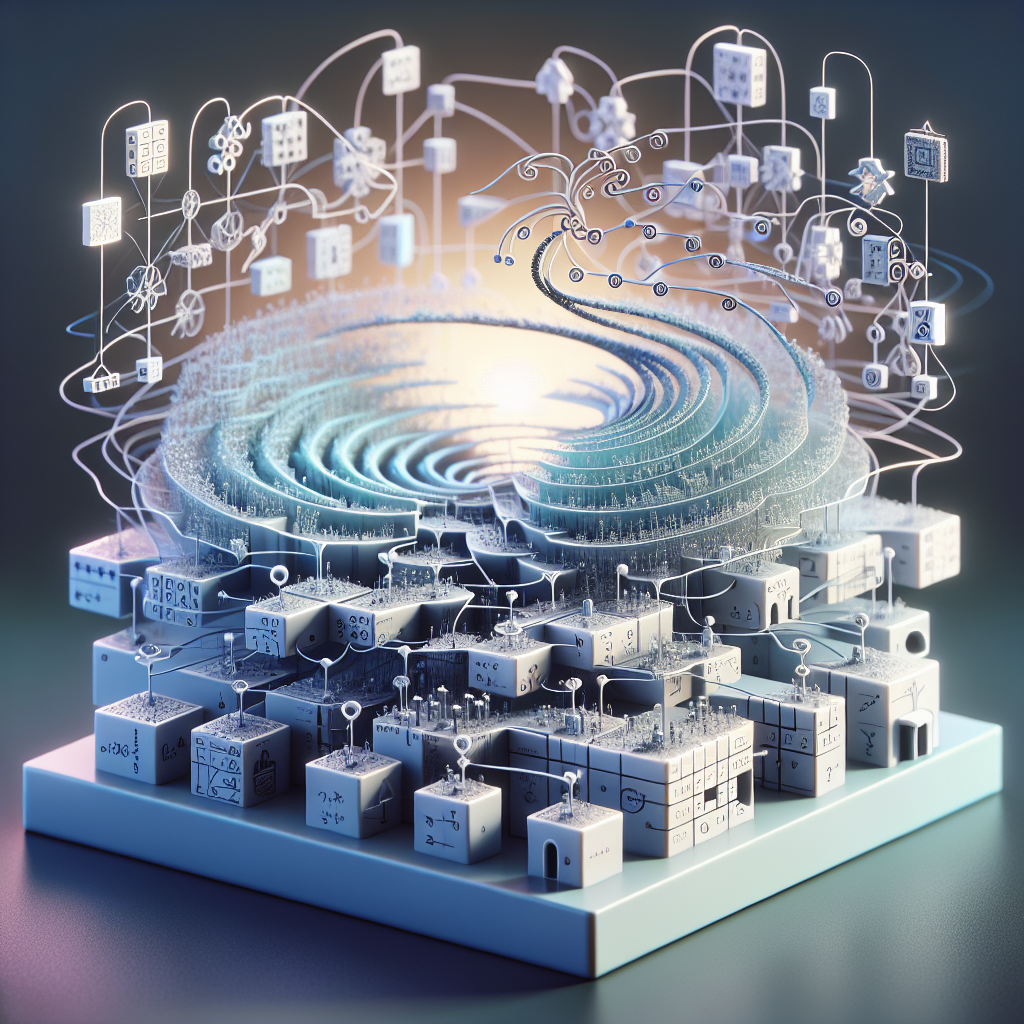Recurrent Neural Networks (RNNs) are a type of artificial neural network designed to handle sequential data. They are widely used in tasks like speech recognition, language modeling, and time series prediction. In this article, we will take a deep dive into the architecture of RNNs to understand how they work and why they are so effective for handling sequential data.
At a high level, RNNs are similar to feedforward neural networks, but with one key difference – they have connections that loop back on themselves. This allows them to maintain a memory of previous inputs and use this information to make predictions about future inputs. This ability to capture temporal dependencies is what makes RNNs so powerful for sequential data.
The basic architecture of an RNN consists of three main components: an input layer, a hidden layer, and an output layer. The input layer receives the sequential data as input, the hidden layer processes this data and maintains a memory of previous inputs, and the output layer produces the final prediction based on the processed data.
One of the key features of RNNs is the presence of recurrent connections between the hidden units. These connections allow information to flow from one time step to the next, enabling the network to capture long-range dependencies in the data. This is in contrast to traditional feedforward neural networks, which do not have these recurrent connections and can only process each input independently.
However, while RNNs are powerful for handling sequential data, they also have some limitations. One of the main challenges with RNNs is the vanishing gradient problem, where gradients become very small as they are backpropagated through time. This can lead to difficulties in training the network effectively, especially for long sequences.
To address this issue, several variations of RNNs have been developed, such as Long Short-Term Memory (LSTM) networks and Gated Recurrent Units (GRUs). These architectures incorporate additional mechanisms to control the flow of information through the network and mitigate the vanishing gradient problem.
In conclusion, RNNs are a powerful tool for handling sequential data due to their ability to capture temporal dependencies. By understanding the architecture of RNNs and the challenges they face, we can better appreciate their effectiveness in tasks such as speech recognition and language modeling. As research in this field continues to evolve, we can expect even more sophisticated RNN architectures to be developed, further enhancing their capabilities for handling sequential data.
#Deep #Dive #Architecture #Recurrent #Neural #Networks,rnn


Leave a Reply